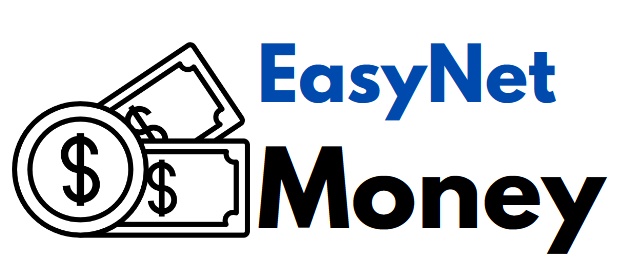The prospect of a product recall is something which business owners lose sleep over. It is almost inevitable that, at some point or other, a defective product will make it out into the marketplace. The manufacturer then faces the ominous task of getting all of those units back – a difficult task, to be sure and one which necessitates widely and loudly broadcasting the fact that the product is defective – which is not something most field marketing strategists recommend.

Indeed, issuing such an unequivocal mea culpa is not a palatable idea for many businesses. But it is sometimes a necessary evil, if further irreparable damage to the brand is to be avoided. If handled improperly, a product recall can be utterly disastrous, even business ending.
In this article, we’ll look at one of the most notorious product recalls in history – that of Ford’s 1971 Pinto and see what lessons we can derive from it.
The car in question inspired what was perhaps one of the most scandalous product recalls of all time. Its design made it especially vulnerable to rear-end collisions. The fuel tank was placed at the rear of the car in such a way that it would easily rupture if impacted, a produce a fireball. The internet provides us with footage of the notorious fault being displayed in a crash test, in which a Pinto is rear-ended by a Chevrolet Impala, with spectacular results (though interestingly, it is the Chevrolet which suffers the most from the resulting fireball).
Ford’s response to this problem was, to say the least, indecisive. In 1973, senior managers at Ford had to make a decision about the safety of the Pinto. A memo was circulated which included a brutal cost-benefit analysis of fixing the fault.
Ford estimated that the fault would kill two-hundred people a year. They further estimated that the legal costs incurred by each death would amount to around two-hundred thousand dollars per person. The cost of not fixing the fault was therefore around $50 million, far less than that imposed by installing the eleven-dollar plastic block into twelve million cars, at a total cost of around $137 million. Thus Ford elected to leave the car defective.
A few years later, it was widely reported that Ford’s figures were roughly accurate and that around two hundred people per year did indeed die. Figures from the National Highway Traffic Safety Administration, the governing body for America’s highways, put the figure at a rather more lean 27.
However dangerous the car may or may not have been, the impact upon Ford’s public image was enormous. When the general public was exposed to the apparently psychopathic internal logic of the motoring giant, the response ranged from indifference to revulsion. It was even claimed that Ford’s handling of the situation brought capitalism itself into question. While the ethical implications of Ford’s decision were labyrinthine and largely academic, its PR cost was very real.
In 1978, Ford recalled the vehicle so that the necessary modifications could be made – but by then the damage had already been done. Legal proceedings were undertaken and the company was forced to back down. The Pinto would not survive much longer and it would be replaced by the Ford Escort, which suffered few such complaints and went on to become a household name – thanks in no small part to perceived improvements in safety.
The debacle would later earn the Pinto a place on TIME magazine’s list of the worst cars of all time and a place in product-recall infamy so assured that we’re still citing this case almost four decades later.
While the public relations pressures exerted on Ford were severe, they were as nothing compared to what the modern media-saturated world would exert on such a defective vehicle. While the public is a great deal more forgiving than they once were, as their expectations have been lowered, news of defects now disseminates extremely quickly and commercial rivals are quick to exploit failures over social media. Any company which drags its feet over such an issue is likely to see its customers drying up and its share price dwindling.
If you are a business owner and worry about what might happen in the event that you need to recall a product, then the best solution is to plan ahead. Enlisting the aid of a dedicated product recall company can make the difference between a competently-managed withdrawal and a clumsy PR disaster. In today’s protean retail market, the difference between the two is often a matter of preparation.
